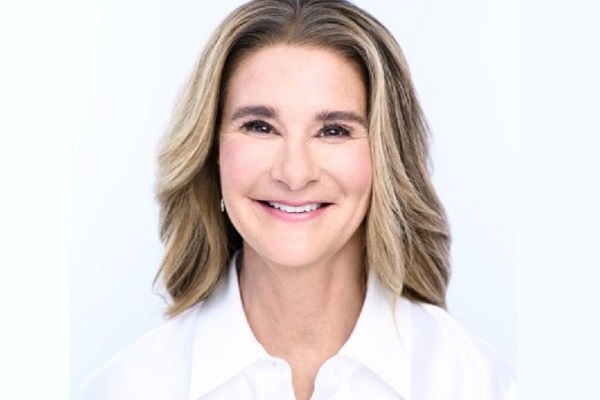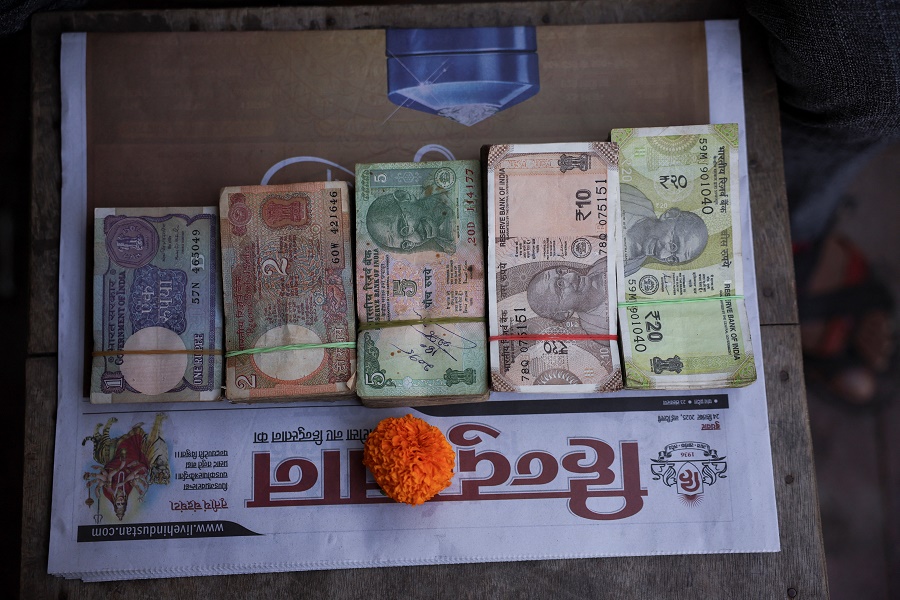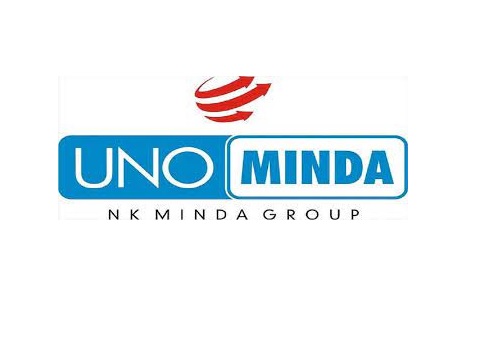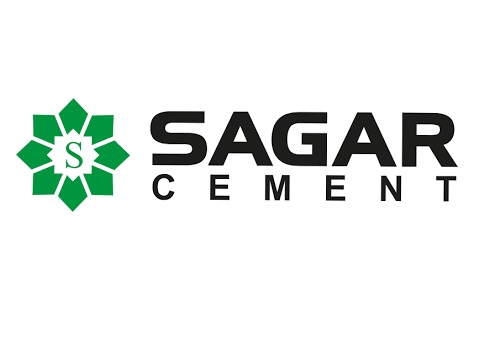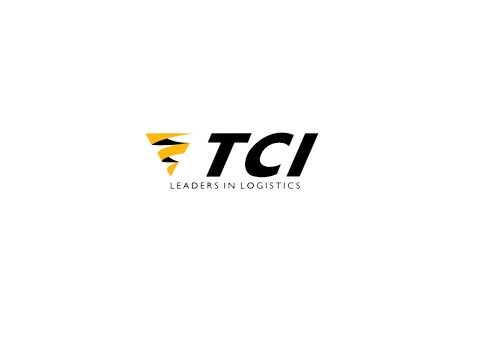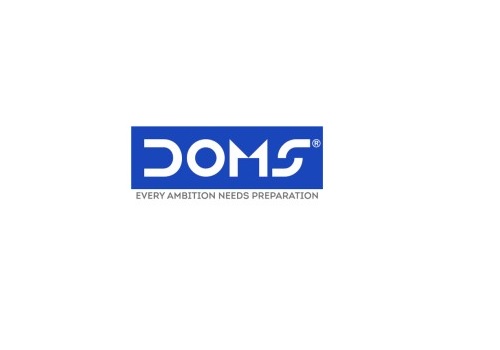Buy State Bank of India Ltd For Target Rs.805 - ICICI Securities
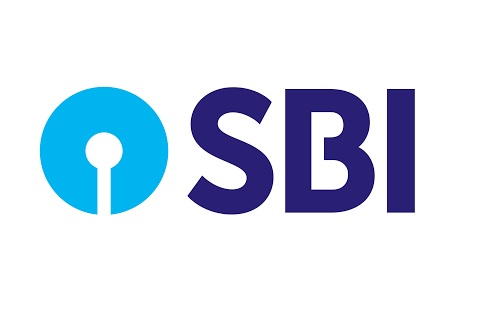
Firing on all cylinders, RoAs cross 1% mark; sustenance to drive further rerating
State Bank of India’s (SBI) Q2FY23 earnings surpassed expectations by a wide margin and beat was across operating metrics crossing 1% RoA and 17% RoE mark. PAT of Rs132.6bn, ahead of I-Sec (Rs106bn) and consensus (~Rs100bn) estimates, was supported by: i) NIMs soaring 30bps QoQ led by repricing benefit and contained deposit cost, ii) net advances growth of 21% YoY/5% QoQ, iii) slippages at mere 33bps, credit cost of <50bps, net NPAs now at 0.8% with 78% coverage, iv) treasury gains of Rs4.6bn against a loss of Rs65bn QoQ provided further incremental delta. We expect NIM trajectory to sustain with repricing of lending book offsetting any deposit cost rise. Credit growth of 18% / 16%, stable NIMs, operating profit growth of 22% / 19% and credit cost of 0.8% / 0.9% will drive RoE to 18%/ 17% by FY23E/FY24E, respectively. This will help SBI command 1.7x FY24E core banking business book (earlier 1.5x Sep’23E). We revise our SoTPbased target price to Rs805 (earlier: Rs673). Maintain BUY. Key risks: I) Equity raise to boost CET (at 9.5%) may dilute interim RoEs; II) competitive pressure and deposit acceleration may weigh on NIM expansion.
* NIMs soar 30bps QoQ and NII was up 12.8% QoQ (much ahead of expectations): Domestic NIMs were up 32bps QoQ to 3.55% as yields expanded >45bps to 7.9% and cost of deposits was up mere 8bps to 3.88%. Overseas business NIMs were up 24bps QoQ to 1.56% and overall NIMs, thereby, was up 30bps QoQ to 3.32%. Net interest income was up 12.8% QoQ as well as YoY to Rs352bn against our expectations of Rs344bn. It was also supported by C/D ratio expansion of 85bps QoQ to 70.4%.
Nearly 41% of SBI’s lending portfolio is linked to MCLR, 34% is EBLR linked, 21% is fixed rate and rest is BPLR, base rate etc. Bulk of the MCLR-linked portfolio is with 6-month reset. Also, within EBLR-linked book, 11% is T-bill linked that reprices with a quarter lag. Given this profile, while partial benefit of rate transmission was reflected in Q2FY23, the entire benefit should be visible in H2FY23. This repricing is likely to more than offset any deposit cost pressure and NIMs should further widen. Also, SBI has Rs3.5trn liquidity lying in treasury which is due for redemption in H1FY23 and can be utilised for advances growth. On a steady-state basis, we expect margins (calculated) to stabilise around 3.0% in FY23E-FY24E.
* Slippages at mere 33bps; GNPA down 39bps QoQ: Slippages post inter quarter adjustments were sharply down to Rs24bn (vs Rs97.4bn QoQ) translating into an annualised run-rate of 0.33%. Of the total slippages, Rs6.31bn (vs Rs27bn QoQ) was from agri, Rs4.08bn (vs Rs30bn QoQ) from SME, Rs3.3bn from retail segment, Rs9.56bn (40%) from corporate, and Rs0.74bn (3%) from international book.
Recoveries and upgrades were Rs52bn (Rs52bn/ Rs67.6bn in Q1FY23/ Q4FY22) and coupled with write-offs of Rs47bn (Rs36.3bn/ Rs49bn), resulted in a sharp decline in GNPAs to 3.52% (3.91%/ 3.97%/ 4.5%/ 4.9% in Q1FY23/ Q4FY22/ Q3FY22/ Q2FY22) with net NPA at mere 0.8% (vs 1% QoQ).
GNPA in retail (ex-agri) was down 12bps to 0.71%, agri NPA was down 70bps to 12.25%, SME NPA too was down 54bps to 6.03% and corporate NPA was down 64bps to 5.32%. Home loans GNPA at 0.75% (vs 0.84%), auto loans at 0.58% (vs 0.76%), X-press credit at 0.65% (vs 0.76%) as well as gold loan GNPA was at 0.16% (vs 0.35%).
Overall, given the lower than anticipated slippages pool in Q2FY23, we are now looking at a slippage run-rate of 1.2%/ 1.3%, and gross NPA settling at 3.2%/ 2.9% in FY23E/FY24E, respectively.
* Credit cost restricted to 0.28%; investment depreciation of mere Rs50mn: Provisioning came in Rs30.4bn (vs Rs43.9bn QoQ), lower than our estimate with loan loss related being Rs20bn (~28bps), standard asset provisions of Rs1.25bn, investment depreciation at Rs50mn and other provisions at Rs9bn (particularly on restructured pool as SBI has now provided 30% towards restructuring). Provisioning coverage, thereby, improved QoQ to 77.9% (vs 75%) with legacy book being well provided. Non-NPA provisions were steady at Rs298bn (vs Rs293bn/ Rs306bn in Q1FY23/ Q4FY22) with standard asset provisioning at Rs188bn (Rs187bn/ Rs200bn), provision on restructured pool at Rs83bn (Rs78bn/ Rs79bn) and other loan related provisions of Rs26.6 (Rs28bn/ Rs27.4bn). Overall, we are building in credit cost of 0.8%/ 0.9% for FY23E/ FY24E, respectively.
* Restructuring moderated to 1.06% of domestic advances, while SMA-1 pool up QoQ: Restructuring pool moderated to Rs273bn in Q2FY23 (1.06% of domestic advances) from Rs288bn/ Rs310bn/ Rs329bn in Q1FY23/ Q4FY22/ Q3FY22 - decline was largely led by the corporate segment. This included Rs82bn (vs Rs92bn QoQ) under OTR 1.O and Rs192bn (vs Rs196bn QoQ) under OTR 2.0). Currently, ~9% of this is under SMA-1/ SMA-2 category and by business segment, 1.4% of retail (Rs150bn), 3.5% of SME (Rs110bn) and only 0.14% of corporate book (Rs13bn) is in restructured pool. Restructured accounts have maximum 24 months moratorium and as of now, only a small portion of the retail/SME book has moved out of moratorium. Perhaps, early FY24 may witness a large part of retail/SME restructured pool moving out of the moratorium.
SMA-1 has risen to Rs65.6bn (Rs52bn/Rs30bn) and SMA-2 at Rs19.2bn (Rs18bn/Rs5.6bn) is equivalent to 29bps of advances (vs 25bps QoQ). Rise in SMA-1 was due to one large corporate account, which was however pulled back later.
* Net advances up 5% QoQ and 21% YoY primarily led by robust growth in corporate, retail and overseas: Domestic advances grew 18% YoY/4% QoQ. Growth was visible across segments with corporate book growing 21% YoY and 5% QoQ (now 36.0% of advances vs 35.1% YoY), retail up 19% YoY and 4% QoQ, SME up 13% YoY and 1% QoQ while agri was up 11% YoY and 4% QoQ. Overseas advances were up 8% QoQ / 30% YoY while in dollar terms, growth was 18% YoY. It now constitutes 16.1% of total loans vs 14.8% YoY. Overall, CD ratio expanded 85bps QoQ and 630bps YoY to 70.4%.
Demand in corporate segment largely flowed from petroleum, infra, renewables, NBFCs, IT services etc. As of Q2FY23, SBI had loans worth Rs3.7trn in the pipeline, which are either already sanctioned or proposals are under progress for the same. Overseas advances primarily include local lending and trade financing with lending towards well-rated Indian corporates. Its operations were concentrated in USA, UK, Singapore and Hong Kong.
X-press credit book grew at a robust 30% YoY (5% QoQ) to Rs2.7trn, personal gold loans were up 21% YoY (7% QoQ), auto loans were up 17% YoY (6% QoQ), home loans were up 15% YoY (3% QoQ) and other retail loans were up 19% YoY 2% QoQ). As per SBI, its latest market share in home loans is 32.9% (33.3% QoQ) and that in auto loans is 19.2% (19.3% QoQ). Overall, strong loan pipeline coupled with high single digit GDP growth outlook gives confidence that credit growth is likely to pick further momentum in FY23E. We are building in loan growth of 18%/ 16% for FY23E/ FY24E, respectively, and the management had guided for loan growth in the range of 14-16% for FY23.
* Treasury gain of Rs4.6bn; core fee income up 10% YoY; modest miscellaneous income drags non-interest income: Non-interest income was up 8% YoY and 3.8x QoQ on a low base. It reported treasury gain of Rs4.6bn (vs loss of Rs65.5bn QoQ). AFS/HFT portfolio is 40% (vs 42.3%) with modified duration of 1.94 years (vs 2.08 years) and yields on investments at 6.92% (vs 6.16%). Core fee income was up 10% YoY (albeit down 6% QoQ) supported by processing fees growth of 23%, commission on government business up 13% and cross-sell up 33%. Forex income grew more than 3x YoY (down 5% QoQ). Miscellaneous income remained modest at Rs5.6bn (vs Rs4.75bn).
* Operating expenses up 7.6% QoQ and 10.5% YoY; cost to assets at 1.79% (among the best in the industry): In Q2, staff cost was up 6.8% QoQ and 2.3% YoY while overhead cost was up 15% YoY as well as QoQ. Surge in QoQ growth in overheads was led by ATM/CDM/debit card/other tech expenses, rent, printing & stationery, repairs & maintenance and travel. Break up of opex for H1FY23 is as under: 42.6% towards salary, 43.0% towards overheads and 14.4% towards retiral benefits and other provisions (due to >40-50bps rise in 10Y G-Sec in H1FY23). The management indicated that incremental cost due to wage revision would be Rs5.8bn/month for 12% hike or Rs4.77bn/month for 10% hike. The provision will be effective Q3FY23 onwards. Overall, we expect ‘cost to income’ ratio to settle at 51%/49% in FY23E/FY24E and ‘opex to assets’ to settle around 1.8%/1.8% during the same period, respectively.
* Capital inching closer to threshold levels: In Q2FY23, CET-I stood at 9.53% (vs minimum requirement of 8.6%) while overall capital adequacy ratio was healthy at 13.51% (vs minimum requirement of 12.1%). Tier-2 ratio stood at2.39%. SBI is of the view that it has raised AT-1 and AT-2 at the most competitive rates and it will look to evaluate capital requirements post Q4FY23 earnings. Internal accruals can support growth in the interim and therefore, it will look to raise capital at an appropriate time.
* YONO expanding rapidly and aiding cross-sell: YONO has acquired 54.4mn customers since inception and created a significant value for the bank. In Q2FY23, SBI disbursed Rs113.4bn Krishi agri gold loans and Rs41.2bn pre-approved personal loans through YONO app. During the quarter, it opened 23.3k saving accounts per day via YONO. There were also 98k average daily cardless cash withdrawals through the app. YONO is adding cross-sell and as a result, SBI was able to procure MF gross sales of Rs6.5bn. In order to accelerate digital agenda, YONO 2.0 will focus on sleek customercentric design, quick response time, modern tech stack, innovative product offerings, hyper personalised, omni-channel presence, partnership-enhanced proposition and leveraging AI/LM/analytics and cloud.
To Read Complete Report & Disclaimer Click Here
For More ICICI Securities Disclaimer https://www.icicisecurities.com/AboutUs.aspx?About=7
Above views are of the author and not of the website kindly read disclaimer







